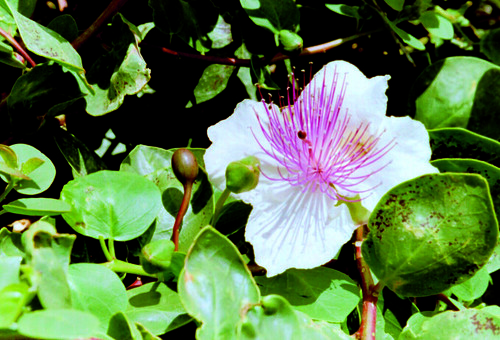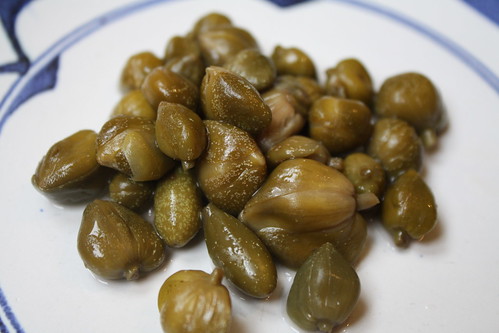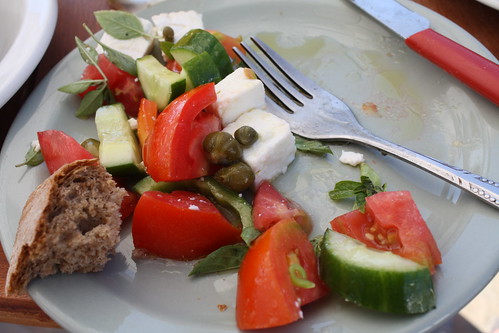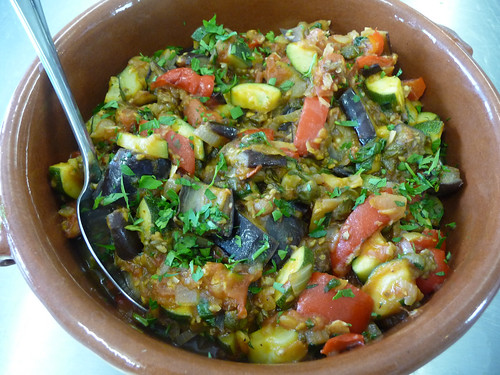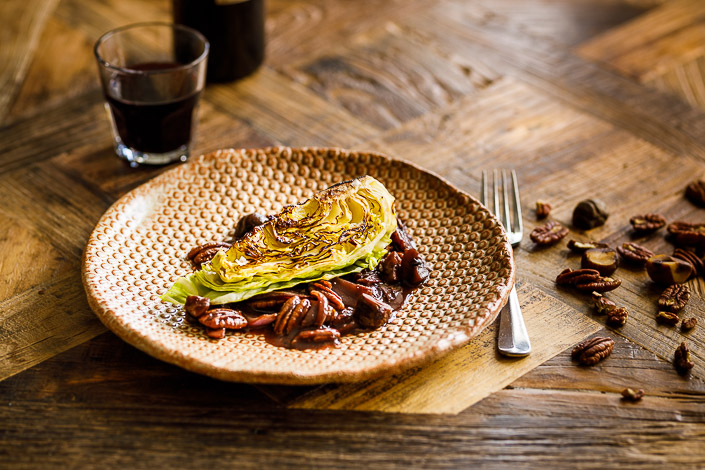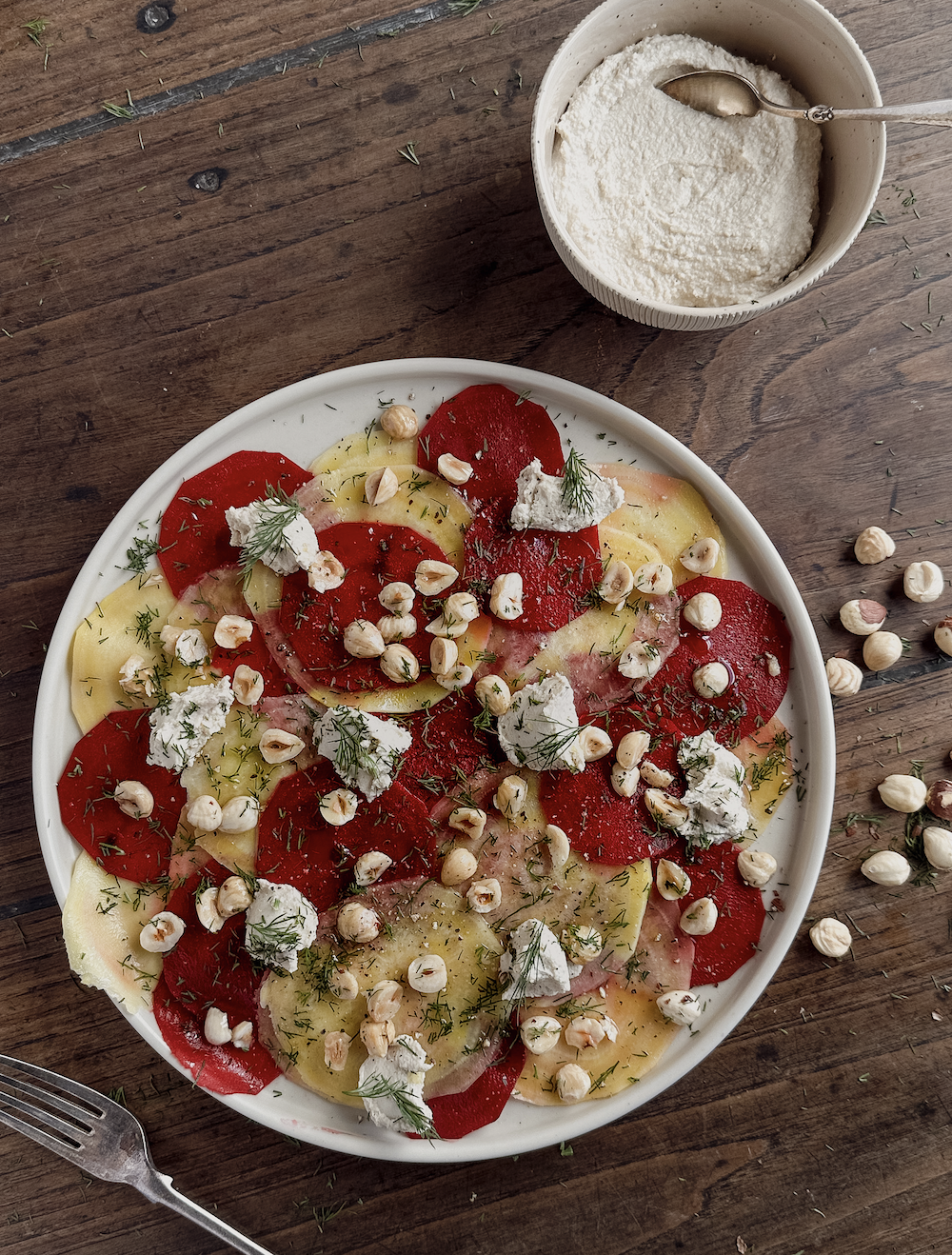Capers: Food of the Greek Gods
Caperflowers
I have just come back from a week on the Greek Islands, BLISS and where we stay, the woman who rents us the room is a very keen cook and loves to share her recipes with us and every day a plate would arrive with fresh figs, walnut cake, salads and even freshly cooked fish for my partner. This year she twice presented us with a jar of home-preserved capers and berries to enjoy with our picnics. This has the same special significance as making and gifting jams at home.
Greek Caper Country
I enjoy walking around the cliffs with the excitement of finding a blue-green caper bush sporting a long branch lined with beautiful pinking-white flowers towards the tip and further back the tempting tight buds of promise.
Greek Caper buds & berries
Capers are, like peppercorns, are taken for granted. They are preserved in either sea salt or vinegar. The famous Italian capers from Pantelleria are IGP protected and are always conserved in salt. The only draw back of the salted ones is they are very salty.
Capers are a fantastic addition to the vegetarian kitchen, in recipes that call for anchovies, I use capers to provide the sour and salty burst of flavour. In Italian recipes i add them to salsa verde, sprinkle them on pizzas and fry them crisp for a ciambotta.
Greek Salad with capers
In Greece we ate them sprinkled on Greek Salad and cooked with the local aubergines, peppers, courgettes and tomatoes.
Greece is where the caper plant (Capparis spinosa) is thought to be endemic. Capers have been harvested and preserved in Greece and all around the Mediterranean for millennia.
Today, as in ancient Greece, the capers are used both for food and for medicine. The most common use is as flavouring in exactly the same way we use aromatic herbs with cooking. Medicinally the caper helps with flatulence and some say with inflammation. But capers also are rich in the same glucosinolates (mustard oils) that give the cabbage family (broccoli, sprouts, dark green cabbage) the property of preventing cancers. How delightful to find good healthy justifications to enjoy food treats like capers
Of course, we usually get the caper buds and the fruit of caper berry separately in the UK. In Greece they are harvested together from the same branch of the same plant and often eaten together.
Caper berries
Capers in the islands are harvested at home as we might harvest blackberries. April-May is the best time for the buds, but they keep producing over the summer so that even in September there are buds plus the developing caper berries to collect. Back in the kitchen they are simply allowed to leach in water of 3-6 days, with a little salt and the water being replaced every day. After 3-6 days the bitterness (mustard oils) and astringency will reduce and they can be stored in a more briny solution with good vinegar to preserve them. There are many variations of this process and every household has its own.
It may be worth returning to the island just for more local capers…….
Ciambotta
This is a Neapolitan version of ratatouille, which can be served as an antipasto or with pasta or Polenta.
Ciambotta
Serves 4
Dietary: vegan, wheat free
Ingredients:
- 1 large aubergine, chopped
- 2 red peppers, chopped
- 2 medium courgettes, chopped
- 1 medium onion, chopped
- 2 cloves garlic, finely chopped
- 4 large tomatoes, peeled and chopped or 1 x (400g) tin Italian tomatoes
- 1 tsp sugar
- 4 tablespoons olive oil
- a handful of basil leaves, torn
- 1 tsp dried oregano
- salt and freshly milled black pepper
- a handful of capers
Method:
- Preheat the oven to 200C/Gas6.
- Roast the aubergine and red pepper in the pre-heated oven with 3 tablespoons of olive oil for 30 minutes. Stir a couple of times to stop the vegetables sticking.
- Gently fry the onion until soft in the remainder of the oil in a large saucepan until soft. Then add the roasted peppers, aubergines and courgettes and quickly stir-fry.
- Next add the tomatoes, half the basil, oregano, sugar and season with salt and pepper, stir once really well, then simmer very gently, covered, for 15 minutes.
- Check the seasoning and cook for a further 10 minutes with the lid off.
- In a frying pan heat a little olive oil and then add the capers-fry until they open out and then sprinkle on top of the Ciambotta.
- Serve either warm or cold with the rest of the basil scattered over.

